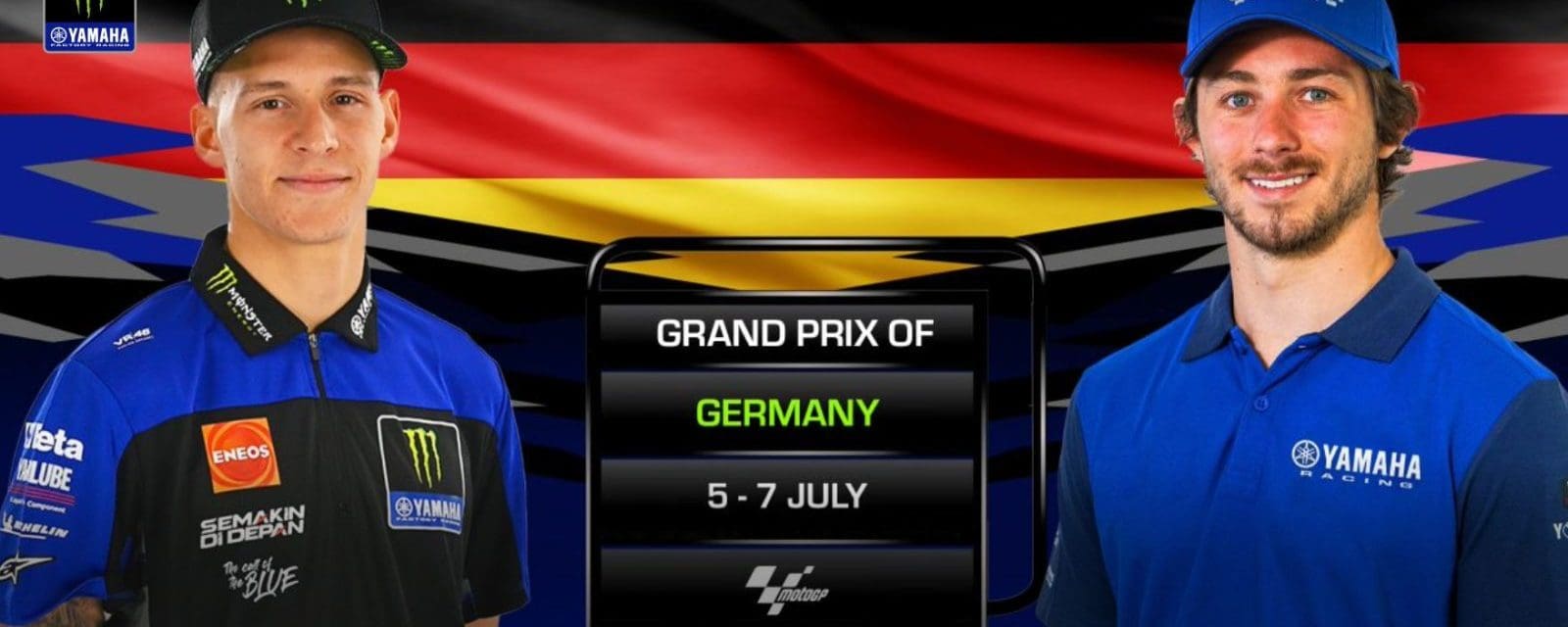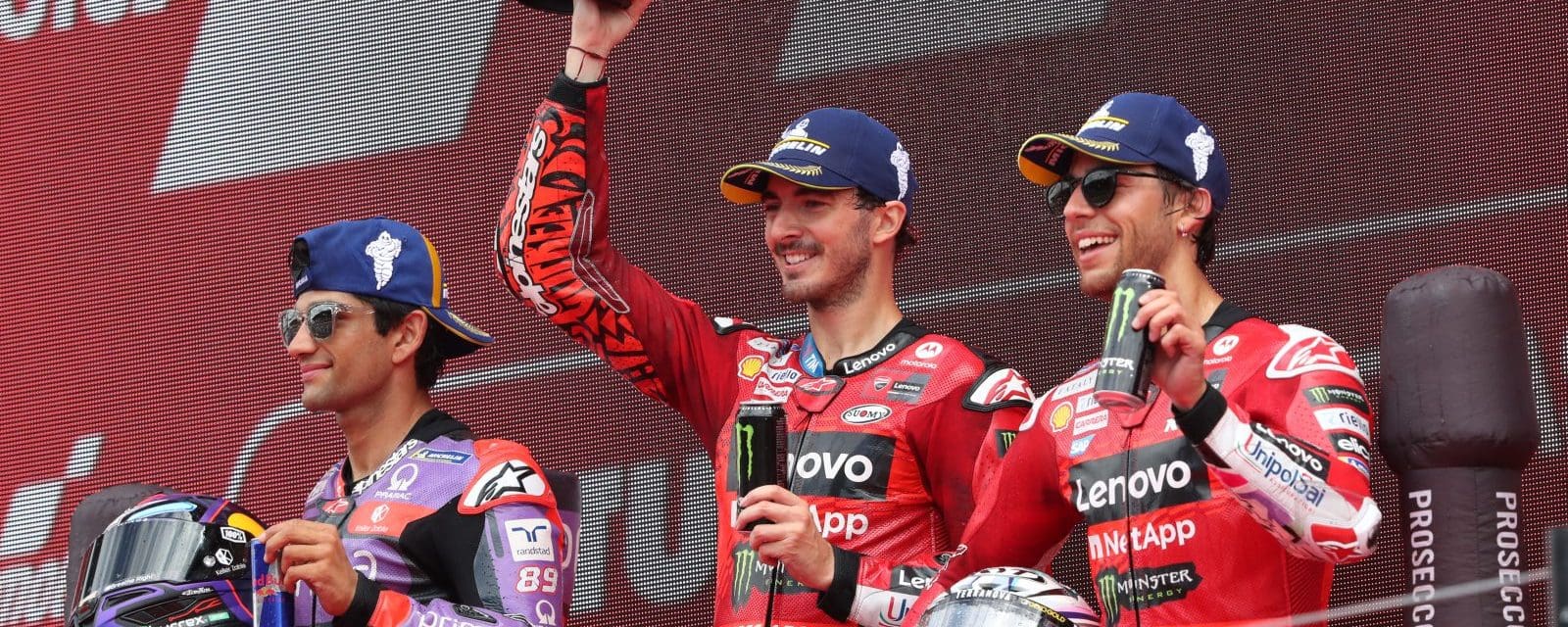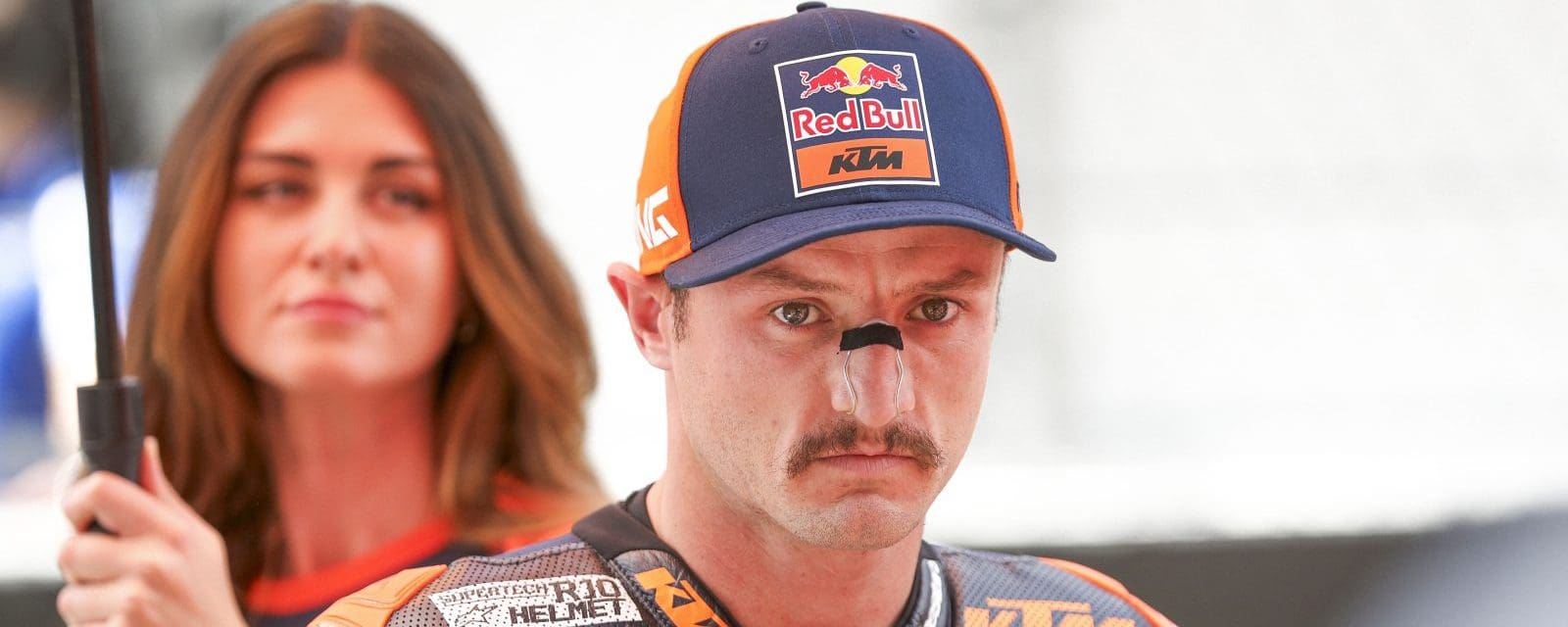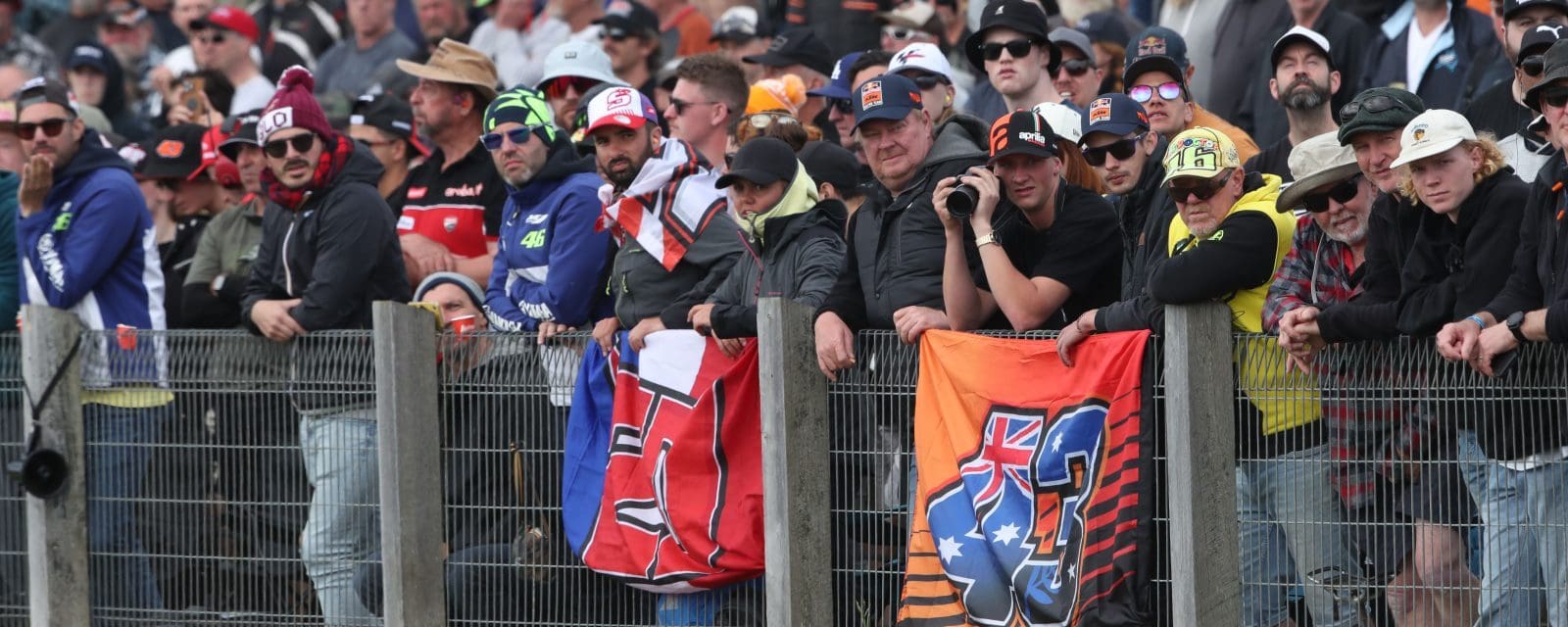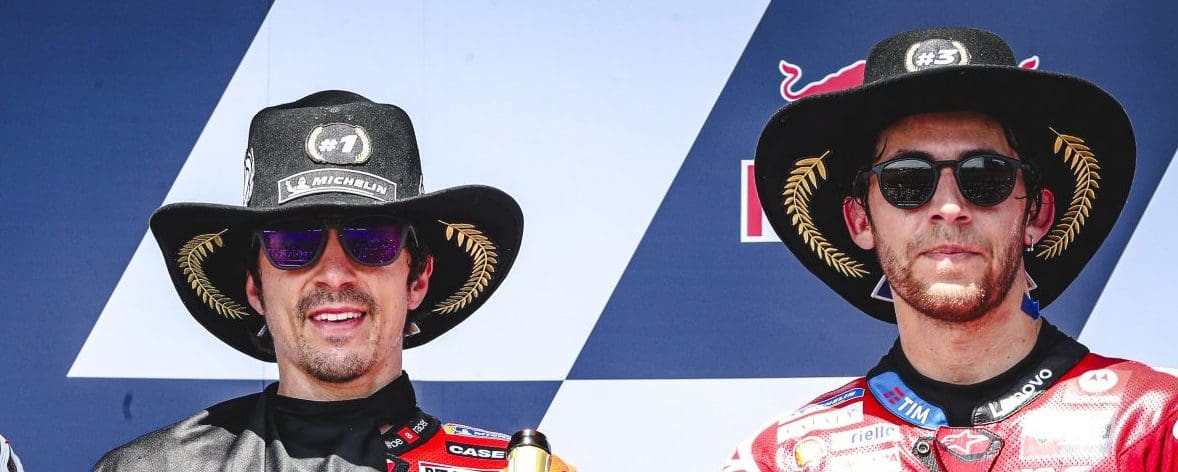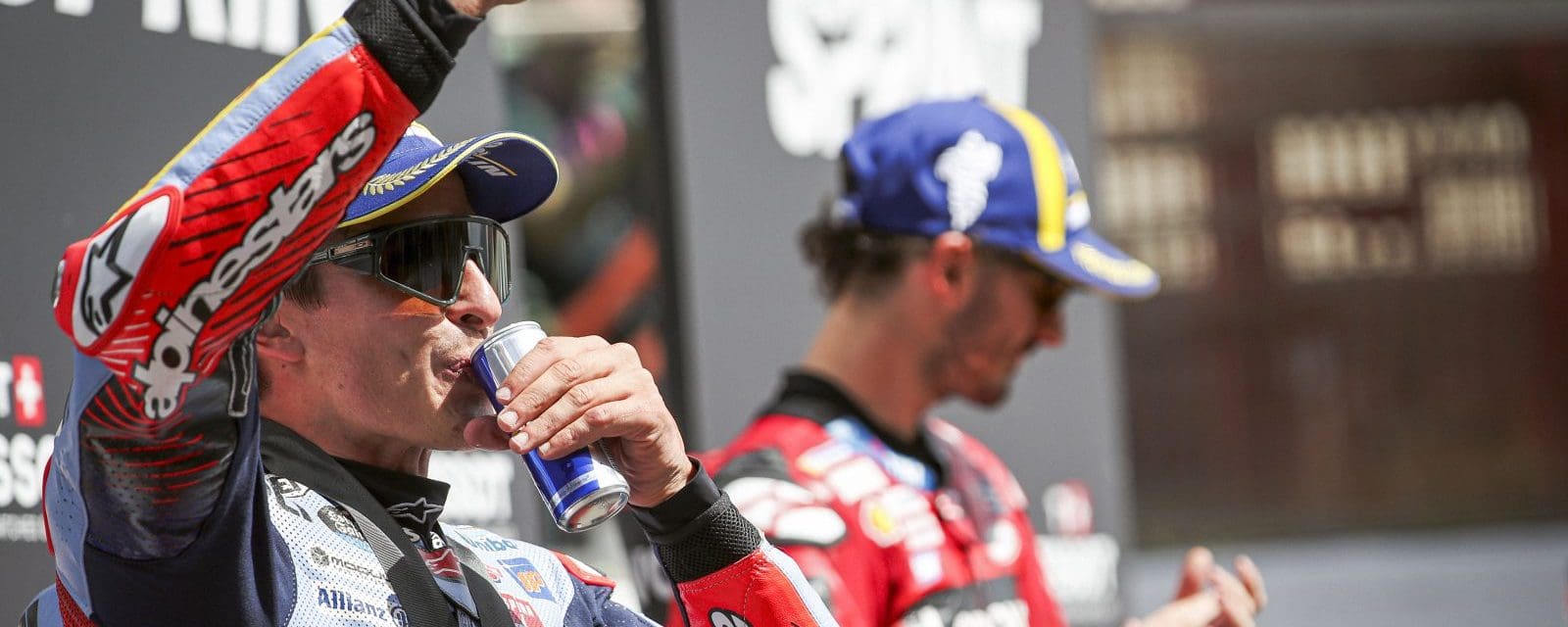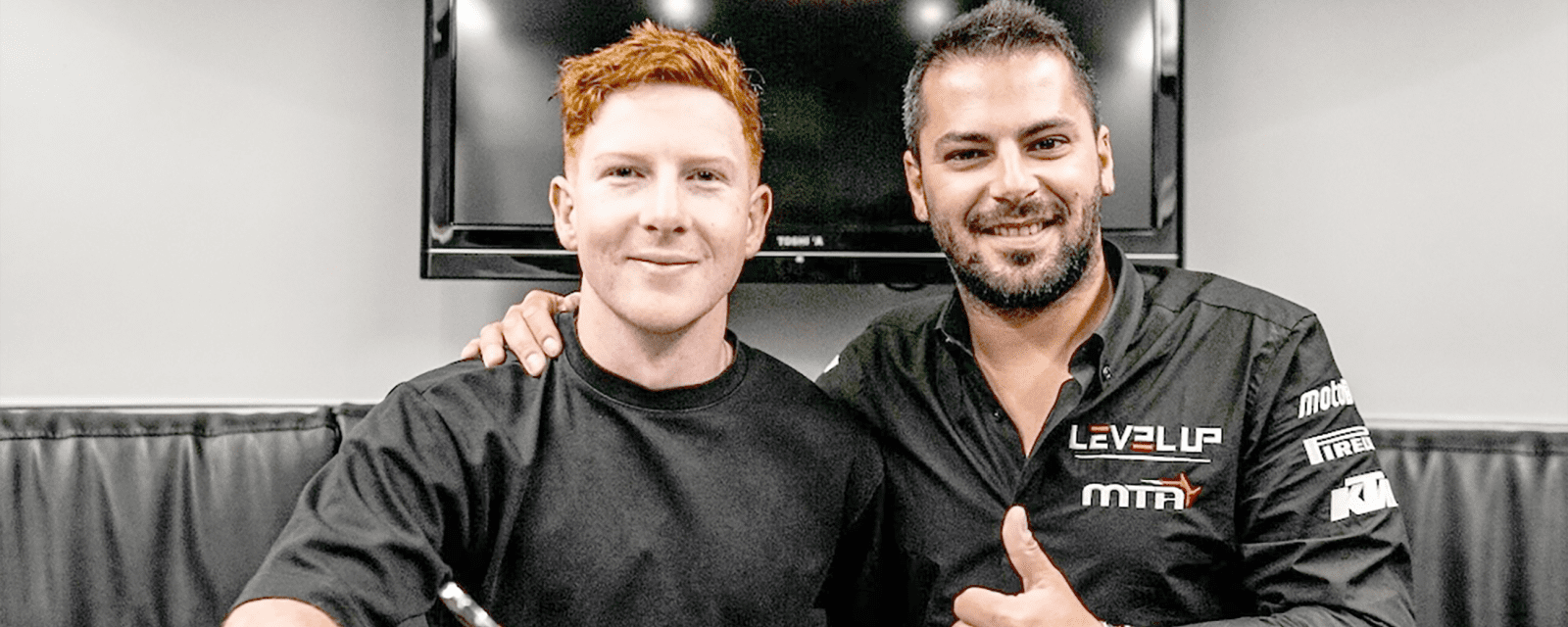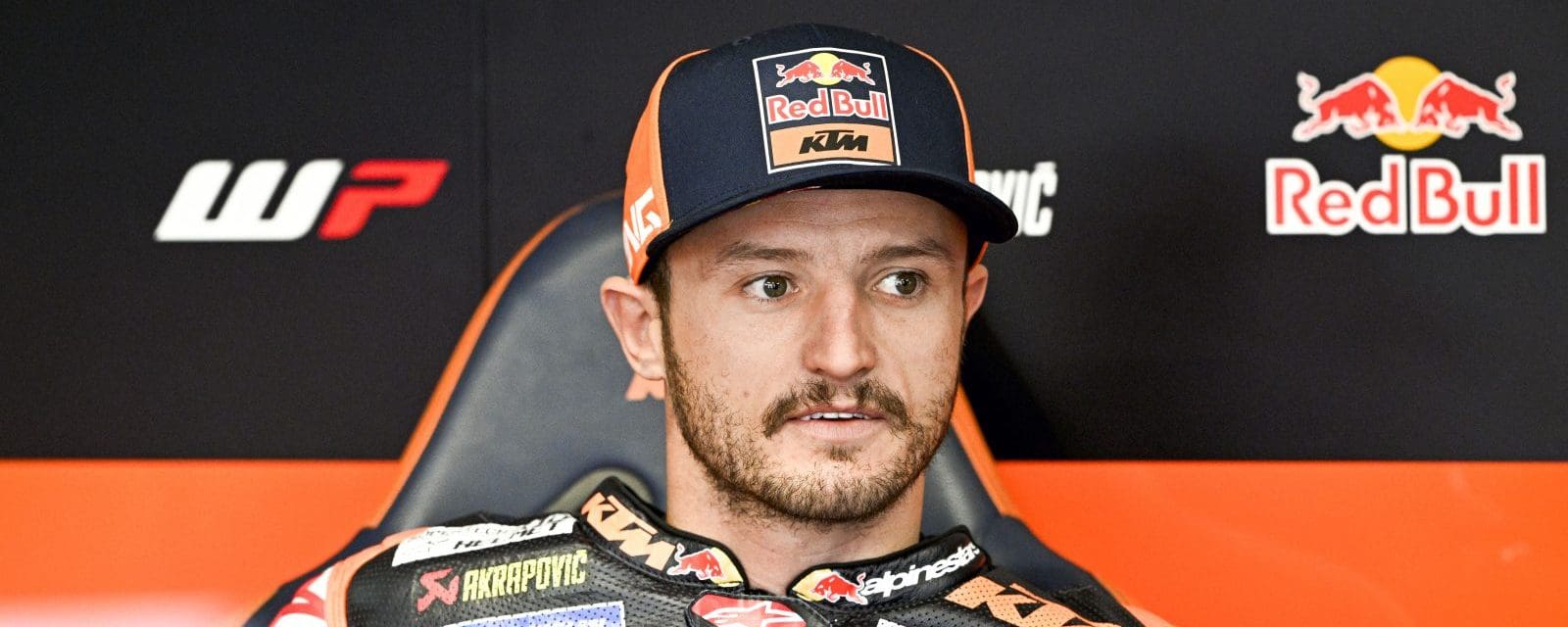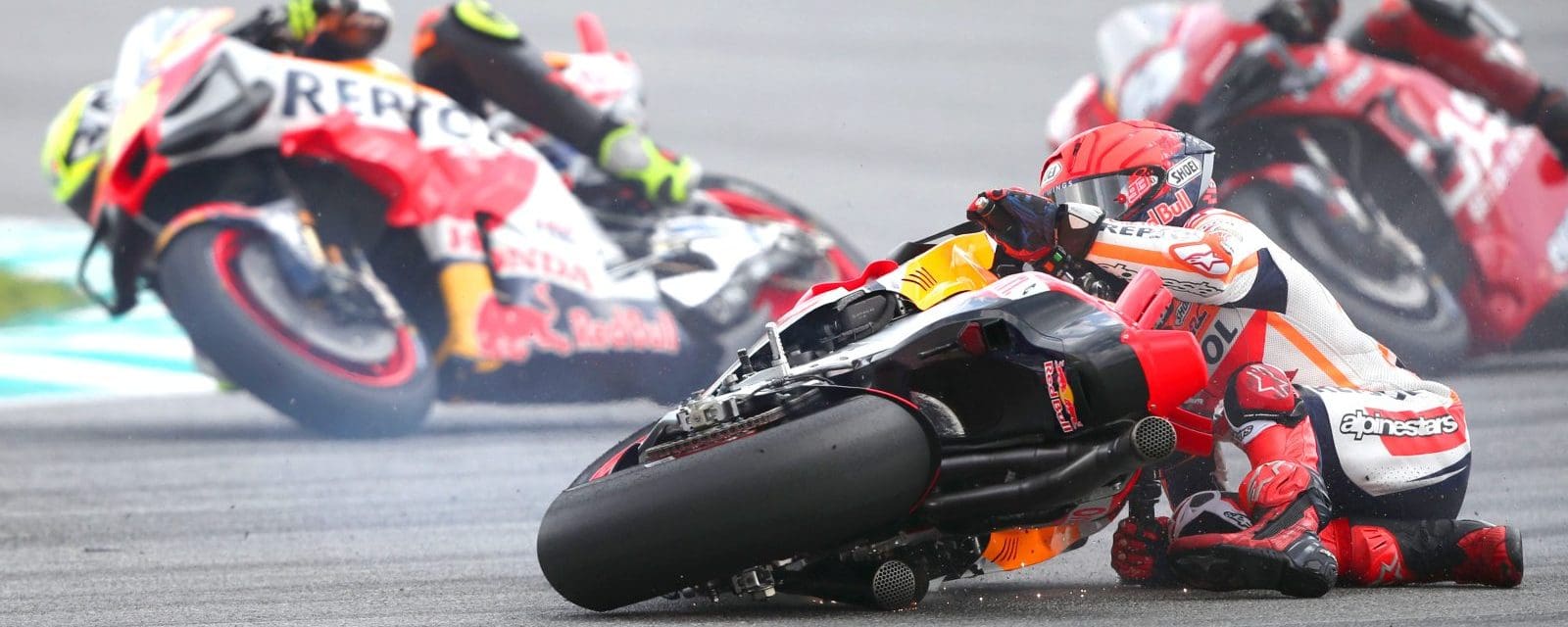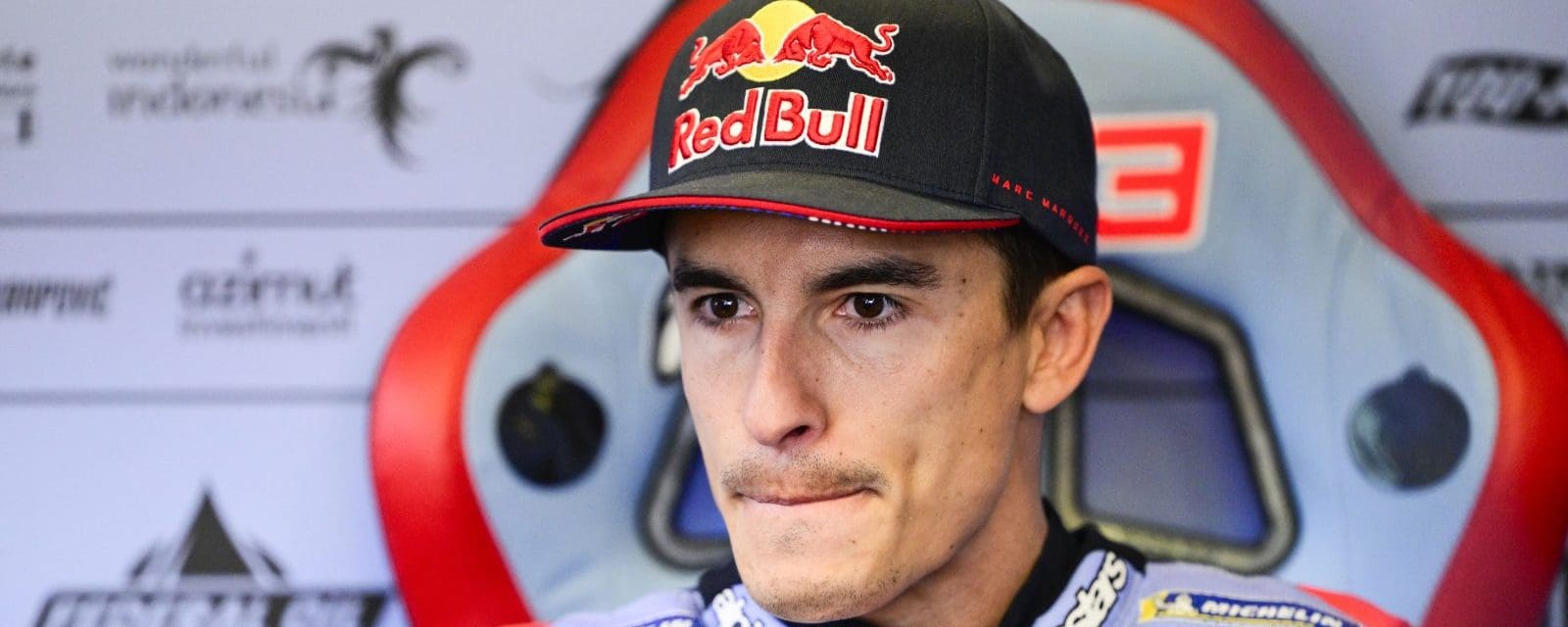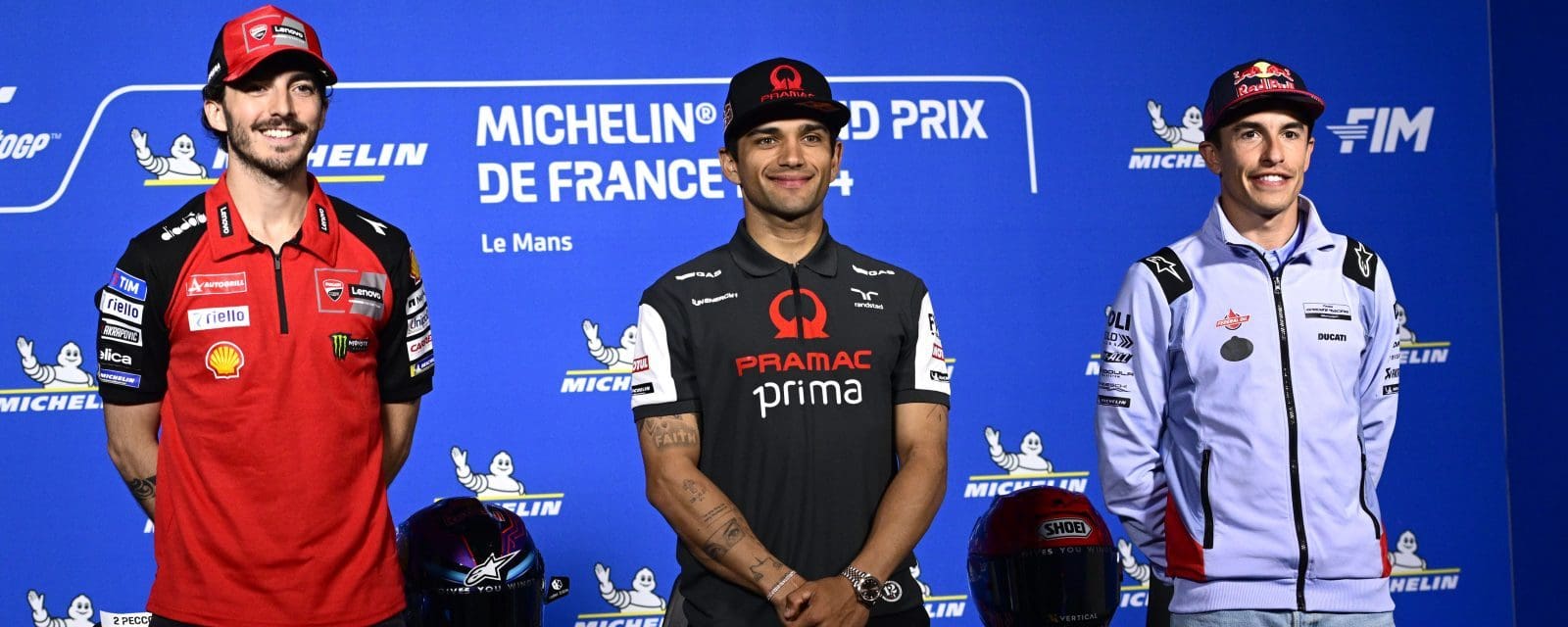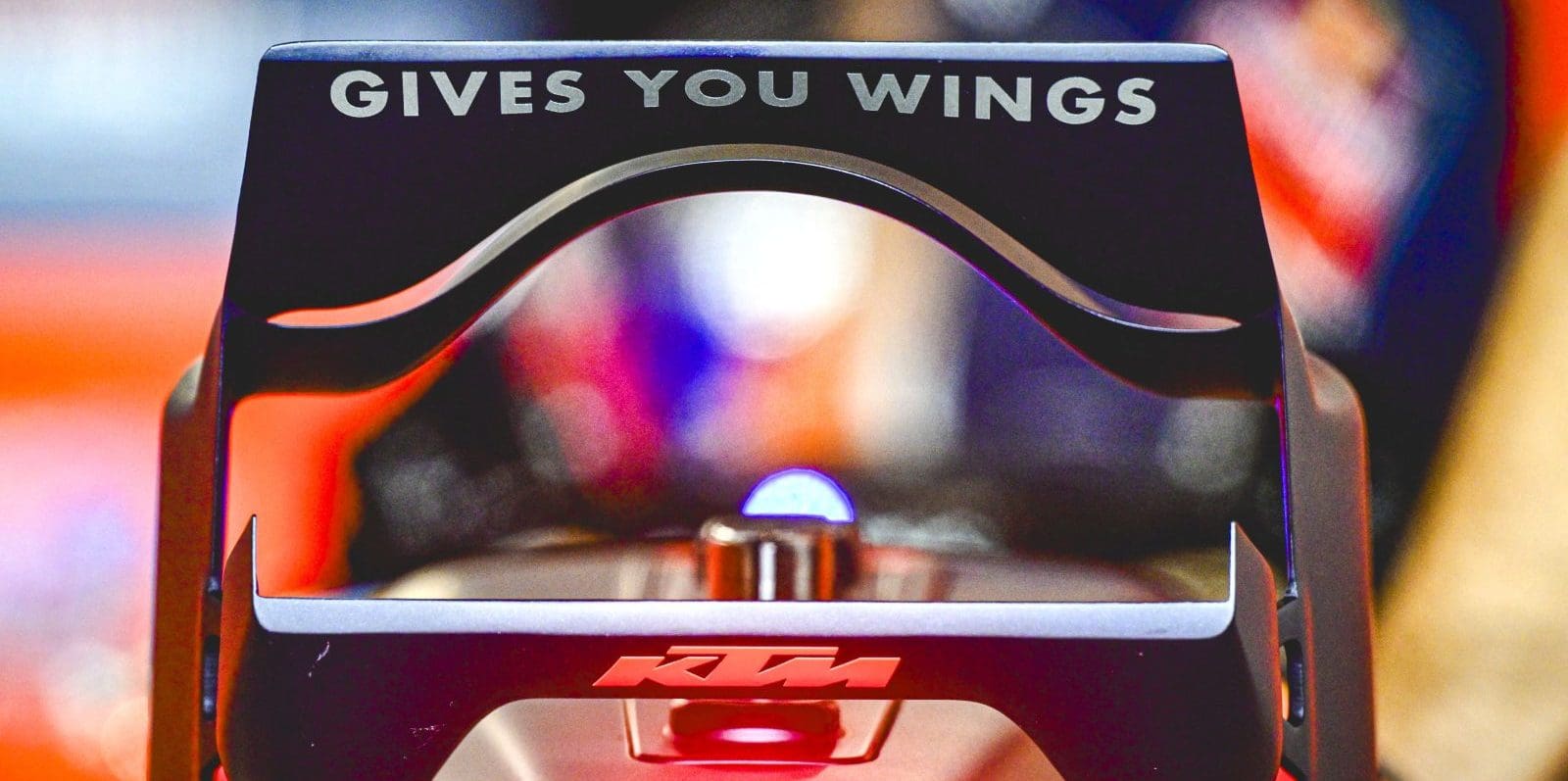Dorna has signed “a preliminary agreement” with Rio Motosports, a company formed to promote racing in the South American country, for a return to the calendar in 2021.
The circuit will first have to be built and then homologated, and at this stage J-R Pereira, the company’s COO, could do more than talk about “the racetrack we hope will be built in the city.”
Brazil has a chequered history, with three races at the inland Goiania circuit between 1987 and 1989, a single controversial outing at the Sao Paulo track in 1992 – where a riders’ strike on safety grounds was narrowly averted, then a run from 1995 to 2004 at the now extinct Jacarepagua circuit outside Rio.
A new sponsor and a new double-storey trailer marked a fresh evolution in the Clinica Mobile, with more space, more facilities, and a closer link with Dorna’s own medical staff.
The mobile clinic was founded by Dr Claudio Costa in 1977, and has grown in popularity and status ever since, with almost all riders owing it some sort of a debt, sometimes very large indeed.
Now backed by European medical group Quirónsalud, the latest iteration has one medical room, two rooms for physiotherapy, another for rehab and relaxation, plus a reception area and “a spectacular terrace”. In addition there are two offices, one for Dr Michele Zasa, Head of the Clinica Mobile, and one for Dr Angel Charte, MotoGP Medical Director. This, according to an official statement, will allow even better integration between the Clinica and Dorna’s Medical Direction.
The Clinica has a rotating staff of 25, with six physios, one doctor, two trauma and orthopaedic surgeons and one radiographer at each GP.
Footnote: the Clinica can find itself in opposition with each circuit’s medical staff, depending on local regulations; while not all riders rely on it. For example, at Catalunya Franco Morbidelli, who was wearing a neck brace on Saturday after a couple of Friday spills, went to a local hospital for a second opinion.
While the new surface and return to the sweeping last corners won universal respect, some riders – the most prominent Marc Marquez – were still unhappy with the emphasis on F1 at the track.
It shows in slightly raised kerbs, which mean – on the inside of corners – a different level of contact for riders knee and elbow sliders.
Nico Antonelli, one of Moto3’s unluckier riders, was out of the race after a Friday crash meant he was ruled unfit to ride on Saturday. The 22-year-old Italian had dislocated his left shoulder, an aggravation of an earlier injury.
It’s almost like clockwork. Marquez loses the front. Marquez digs in his knee. The bike slides out of control. And then he gets it back. The World Champion accomplished another epic safe at the end of FP4, having to dig in twice in the fast third-gear final corner as the front wheel painted a black stripe maybe 40 metres or more in length. Just amazing.
It came after he’d failed to get into the free-practice top ten for only the second time in his MotoGP career.
The first time was at Mugello in 2015, when he was eleventh in the three sessions – and to the astonishment of all he didn’t make it into Q2, with Yonny Hernandez and Aleix Espargaro condemning him to 13th on the grid. He crashed out of the race after coming through to third.
Yamaha’s struggle to regain strength and avoid the problems of poor grip in hot conditions took a novel turn at sunny Catalunya – with a skeletal rear fender. The deeply slotted hugger is intended to allow a cooling draft to reach the rear tyre.
